The Merchant Of Venice
The history of perfume in Venice … from Princess Teodora Ducas to The Merchant of Venice
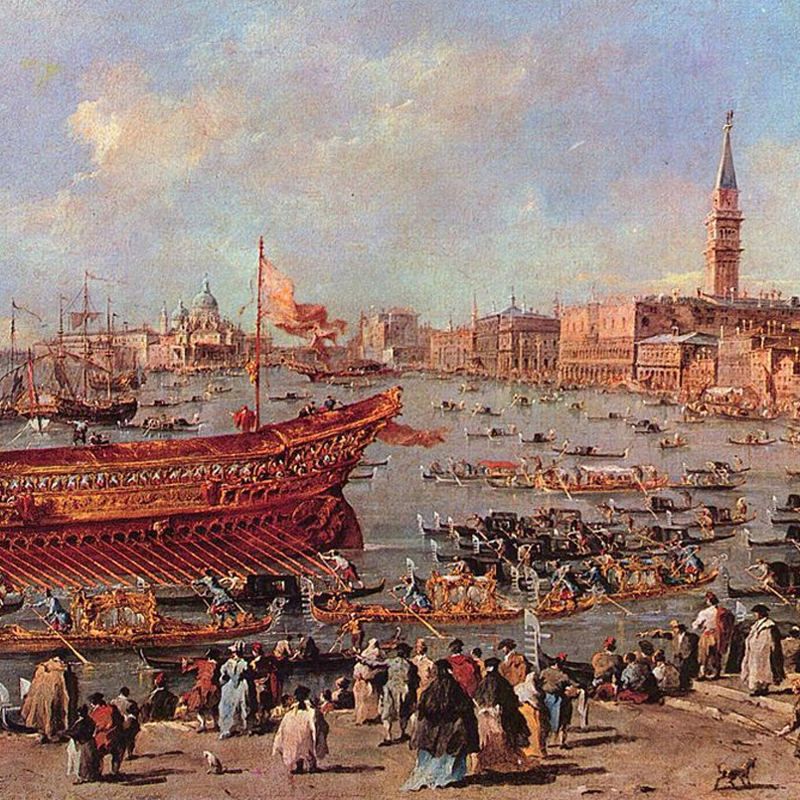
YEAR 1000
Venice, the European Capital of Trade
In the late Middle Ages, Venice is already the center of the European trades. As a matter of fact in 1060 the princess Teodora Ducas, daughter of the Emperor of Byzantium, gets married with the Doge Domenico Selvo.
Thus began the history of perfume and cosmetics in Venice, which will become in later centuries the center of the European perfumery art.
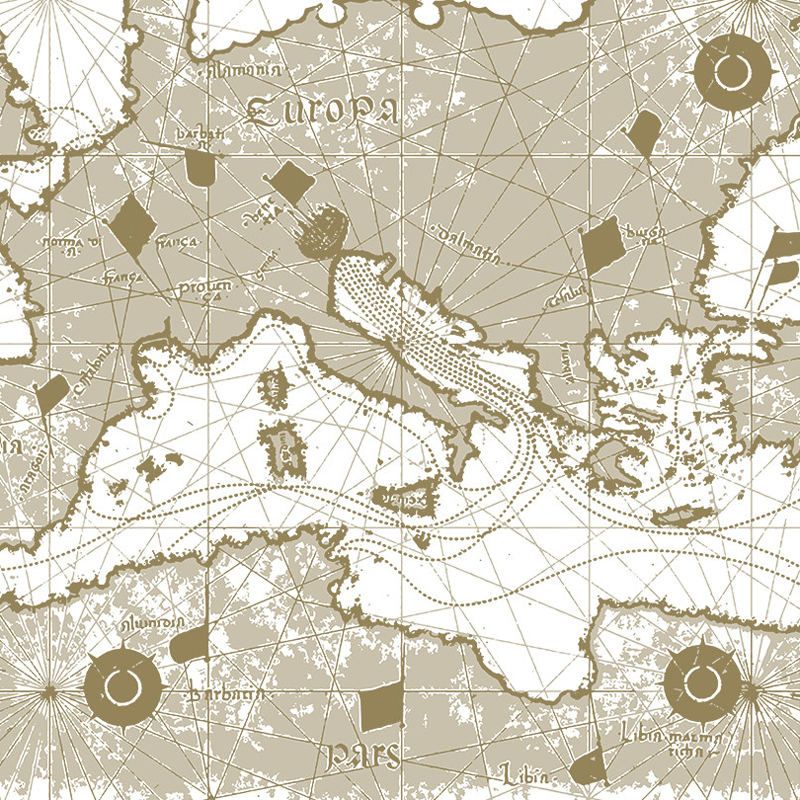
YEAR 1200
The “Mude”
The Republic of Venice periodically sponsors the shipping routes of Venetian merchants to Middle and Far East with commercial purposes.
The Venetian merchants trade goods produced in Venice with spices, incense, perfumes and silks from Asia and North Africa, through the “Road of Silk” and the sea routes controlled by the Byzantines and Arabs.
Reworked in Venice, these goods are then shipped to various parts of Europe, object of the yearning of men and women prepared to pay large sums of money to secure them.
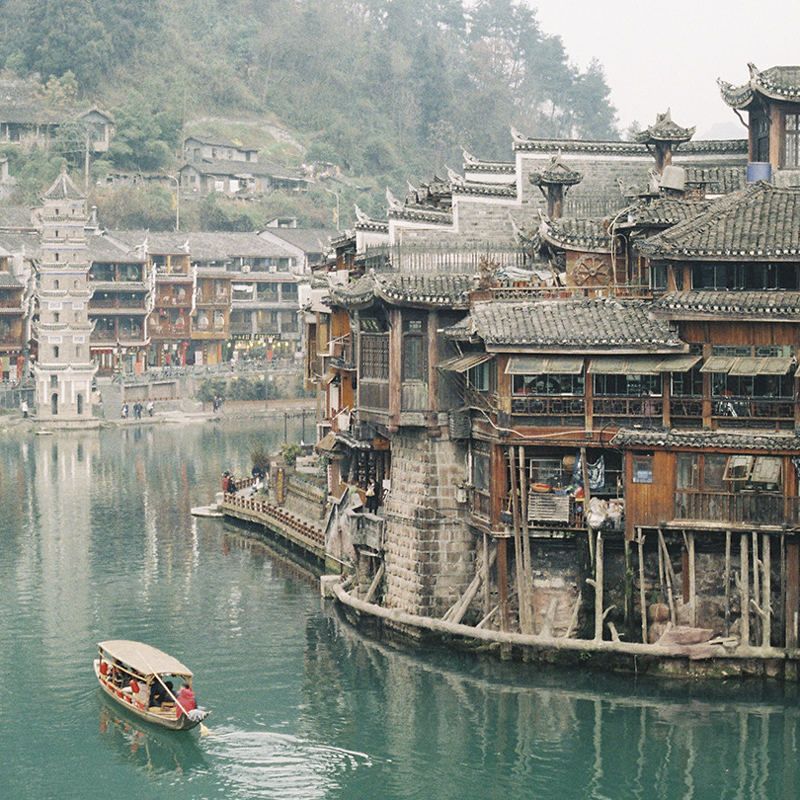
YEAR 1271
The discovery of China
Marco Polo, on his return to Venice from his trip to China, introduces many cultural aspects of China including body care.
Many names of fragrant substances, plants and animals, are written in his travel report “Il Milione”.
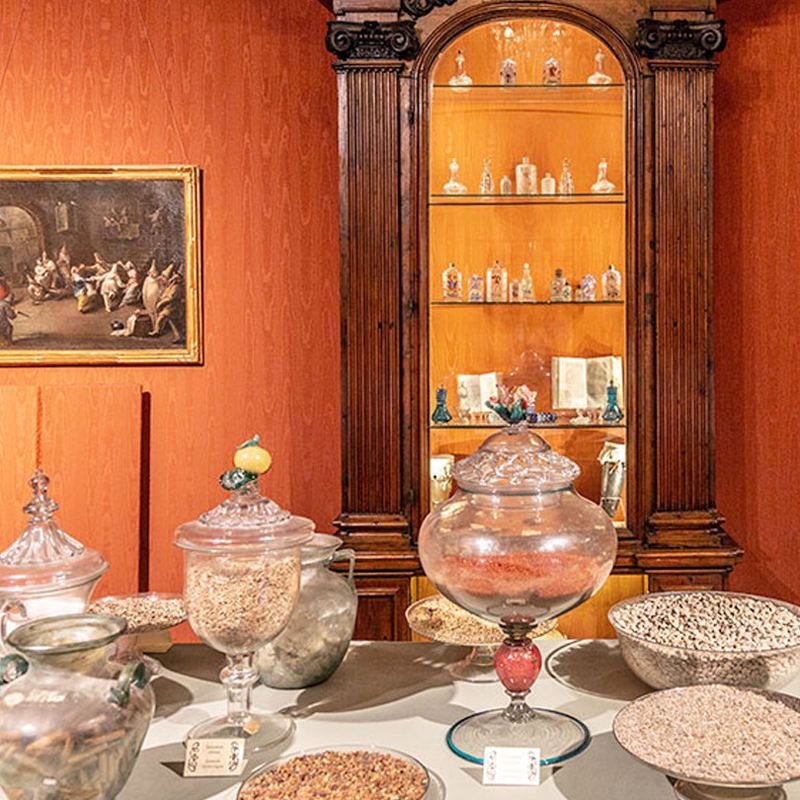
YEAR 1400
The Venetian Perfumery Art
With the quantity of raw materials brought by trades with the East, the Venetian perfumery stands up to a period of great splendor.
his is the century of the birth of the Corporations of Saoneri (soap producers) and Muschieri (perfume producers) which have the merit of transforming the craftsmanship linked to cosmetics into real art.
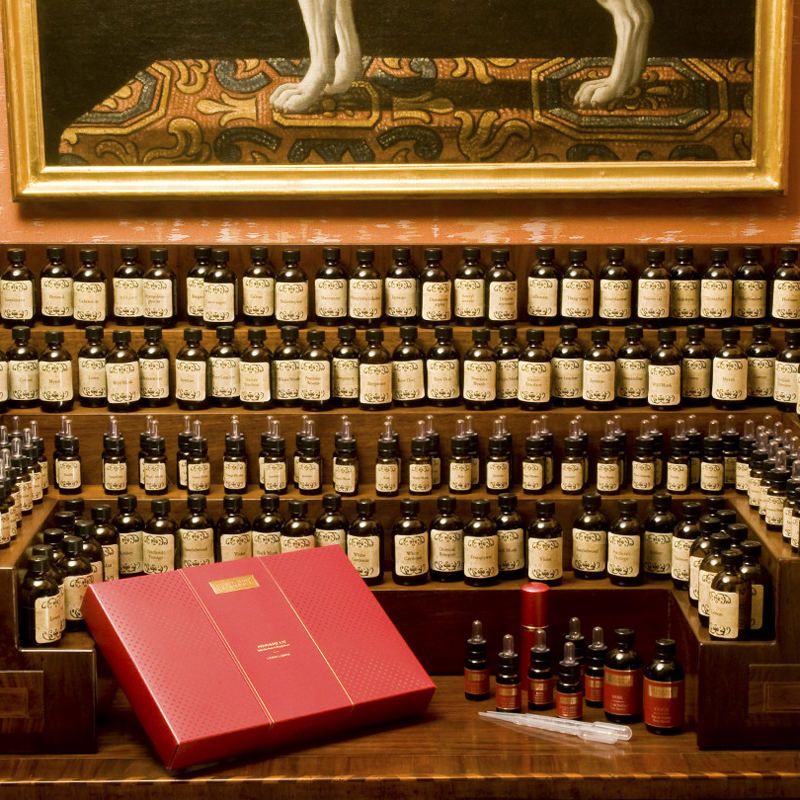
YEAR 1500
Perfumes and cosmetics
The interest in the composition of perfumes and cosmetics is documented by the numerous publications printed in Venice in the 16thcentury featuring recipes and treatises that revealed the ‘secrets’ of their manufacture and promised beauty and appeal but also health effects.
One book stands out among the various publications: “Notandissimi Secreti dell’Arte profumatoria” (“The very noble secrets of Perfumery Art”) published in Venice in 1555.
It contains 300 recipes, including the art of hair dyeing, the art of perfuming the bod y or the house, the art of adding scents to laundry or leather accessories smelling tanning leather.
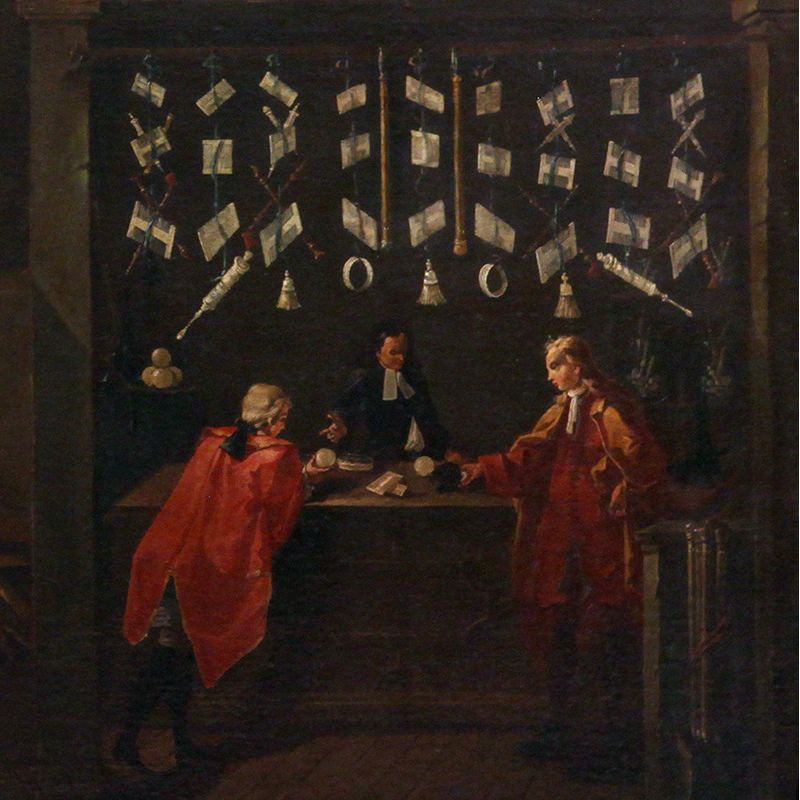
ANNO 1600
The Saoneri and Venetian Perfumers
The masters Venetian soap makers and perfumers are requested in the European courts and particularly in France to practice their art as real artists.
In Venice rich and not so rich shops display a wide variety of perfumed waters and pastes to satisfy the most demanding request, while the number of hairdressers and barbers in town raise up to 400, evidence of the Venetian attention to personal care.